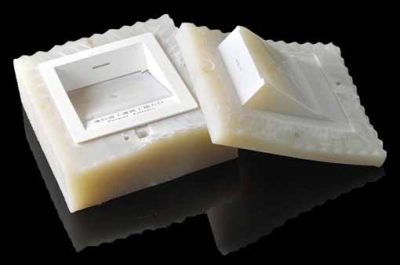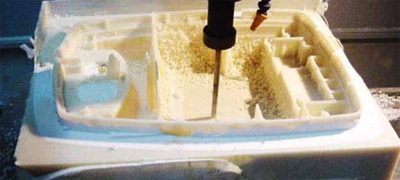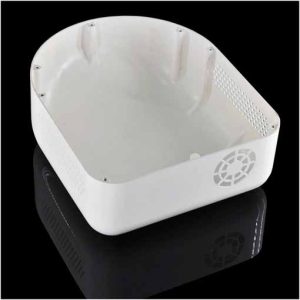Product Categories
Product Tags
Low Volume plastic prototype processing
Low Volume processing of plastic prototypes includes: CNC machining, Silicone vacuum casting, 3D printing, silicone prototype, ABS, acrylic
Low Volume processing of plastic prototypes includes: CNC machining, Silicone vacuum casting, 3D printing, silicone prototype, ABS, acrylic
Category: Plastic prototype
Product name: rapid prototyping
Processing method: cnc processing, (Silicone vacuum casting), 3D printing
Material: abs natural color
Surface treatment: polishing and deburring, oil injection, uv
Processing cycle: 3-7 seven working days
Testing standard: 3D drawings provided by the customer
Data format: STP/IGS/X.T/PRO
Product features: smooth surface, UV, anti-fingerprint, no burr, glossy appearance, fine workmanship. High-precision processing, no mold opening, cost saving, fast delivery, and support for small batch customization
cnc machining plastic prototype: Is the customers over the 3D drawing program, split. The plastic material of the plate is processed directly through the program, and the excess part of the plastic material is removed to obtain the prototype of the product. Manual processing and surface treatment are required in the follow-up.
3D printing plastic prototype: build the prototype of the plastic object by printing layer by layer. At present, the most widely used material is plastic, and metal materials can also be 3D printed, but the price is more expensive, more expensive than the CNC processing method.
Silicone vacuum casting:Use the processing method of vacuum casting. We need to make the original version of the product first. The prototype can be made by the above two processing methods, and a silicone mold is made according to the original version.

Design of Silica Gel Vacuum Casting Compound Mould

CNC machined plastic prototype manufacturer

Small batch plastic prototype supplier

Finishing of plastic prototypes
Contact Us
Waiting for your email, we will reply you within 12 hours with valuable information you needed.
 English
English العربية
العربية 中文(漢字)
中文(漢字) Čeština
Čeština Dansk
Dansk Nederlands
Nederlands Suomi
Suomi Français
Français Deutsch
Deutsch Italiano
Italiano 日本語
日本語 ಕನ್ನಡ
ಕನ್ನಡ 한국어
한국어 Português
Português Русский
Русский Slovenčina
Slovenčina Español
Español Svenska
Svenska Türkçe
Türkçe





